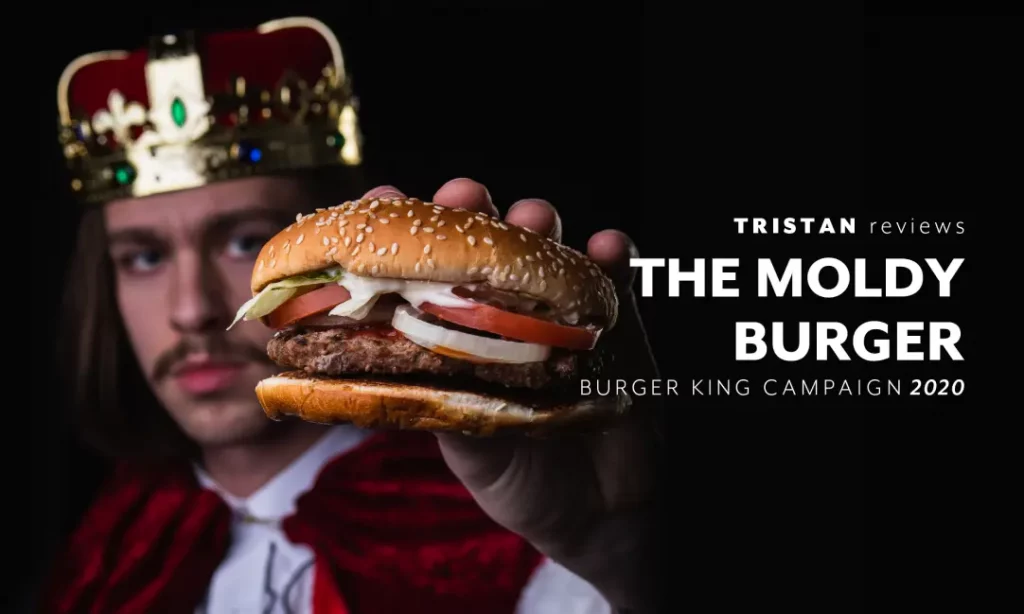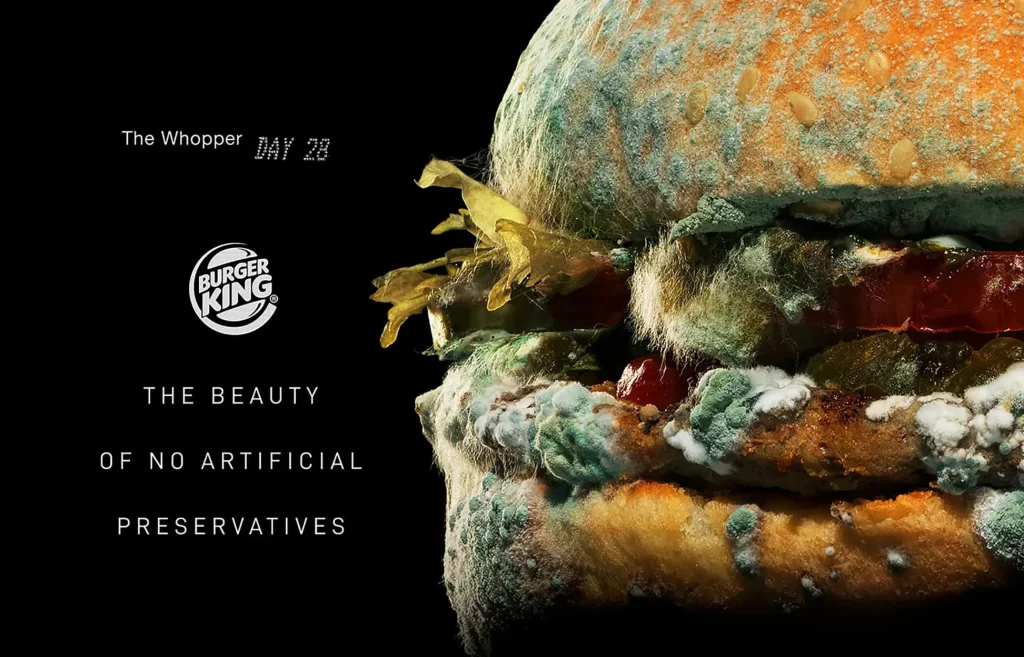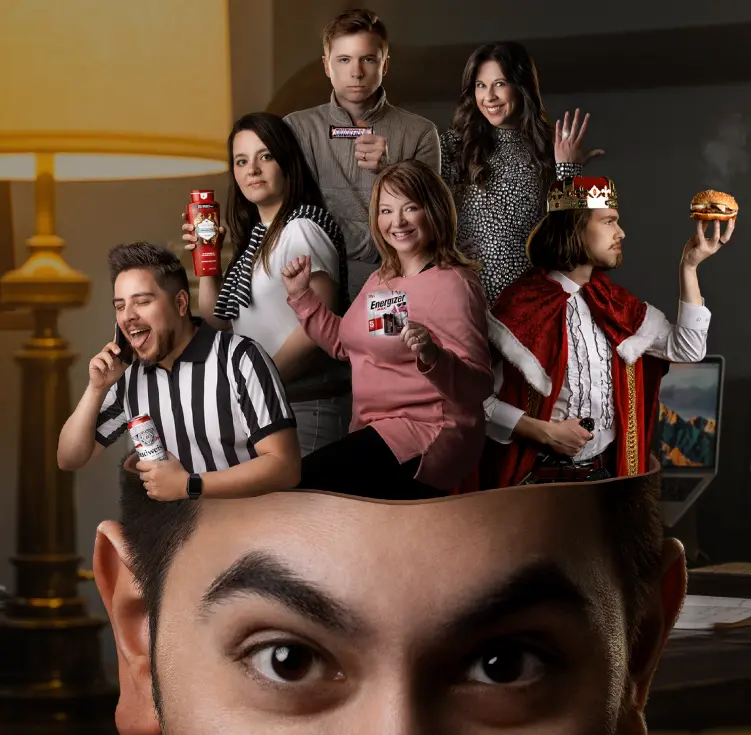- 701-532-0576
- andrew@teamabovo.com
- 218 Broadway, Fargo ND 58102


In a world where “no artificial flavors” gets blasted in your face every two seconds by fast food chains, Burger King wanted to show “the beauty of no artificial preservatives.” Bring forth the Moldy Whopper, a bold, controversial, disgustingly beautiful advertising campaign. They showed the fresh, picture-perfect Whopper slowly decay after a 34-day timelapse, implying Burger King used real ingredients unlike their competitors. The result: An ad that left you uncomfortable and definitely not craving a Whopper.
So, did it work? Here’s where things get controversial. Although you might think no one would ever want to eat a Whopper after seeing it rot, some marketing experts believe it was brilliant. Huib van Bockel, former Red Bull and Unilever food marketing executive said this in an email to CNBC, “I love it. It’s about time. It’s so important to be open and honest. Of course, food perishes (and) what is controversial about that?” The reaction to the ad was mixed. However, the statistics aren’t as badly received as you would think. 88% of the audience reaction was either positive (19%) or neutral (69%). When showing the difference between a Whopper molding over 34 days and a McDonald’s burger looking the same after 10 years, you almost prefer the Moldy Burger. Burger King is known to have some crazy advertising campaigns from offering free Whoppers to creepy clowns during Halloween of 2017 (sorry to all of you coulrophobes), to asking the phrase “Okay Google, what is the Whopper burger?” in a TV ad, triggering your Google Home to respond with Wikipedia’s entry for the Whopper. Brilliantly devious. This ad wasn’t intended to drive sales, instead its goal was to create a buzz, capture the attention of viewers and communicate their efforts in creating a Whopper free from artificial preservatives and flavors. They achieved this all in the best way they knew, the Burger King way.
100% authentic mold grew on the burger. Nothing except color correction and light adjustments were added in post-production.
Fernando Machado, global chief marketing officer for Burger King’s parent company, Restaurant Brands International sums up the controversial campaign wonderfully, “The beauty of real food is that it gets ugly. It’s common knowledge that real food deteriorates quicker because it is free of artificial preservatives,” Machado said. “Instead of featuring our Whopper sandwich with the classic flawless and often too perfect photographic style typically used in fast food advertising, we decided to showcase something real, honest and that only Burger King could do.

SOURCES
“Burger King’s moldy Whopper ad is dividing marketing experts.” CNBC.com, 2020
“Burger King’s moldy Whopper ad sparks visceral reactions, but scores on subversion.” Marketingdive.com, Feb 2020
“Burger King’s ‘Moldy Whopper’ hits campaign objectives.” Warc.com, 2020
“The 6 Best And 6 Worst Marketing Stunts In Burger King’s History.”” Mashed.com, Nov 2020

Andrew reveiws Think Small. Volkswagon Campaign – 1959
Allyson reviews The Man Your Man Could Smell Like Oldspice Campaign – 2010
Jennifer reviews The Energizer Bunny Energizer Campaign – 1989
Kristen reviews A Diamond is Forever DeBeers Campaign – 1938
Jack reviews You’re Not You When You’re Hungry Snickers Campaign – 2010
Jonathan reviews “WHASSUP?!” Budweiser Campaign – 1999
© All rights reserved by ABOVO | Fargo North Dakota | Privacy Policy | Terms of Service